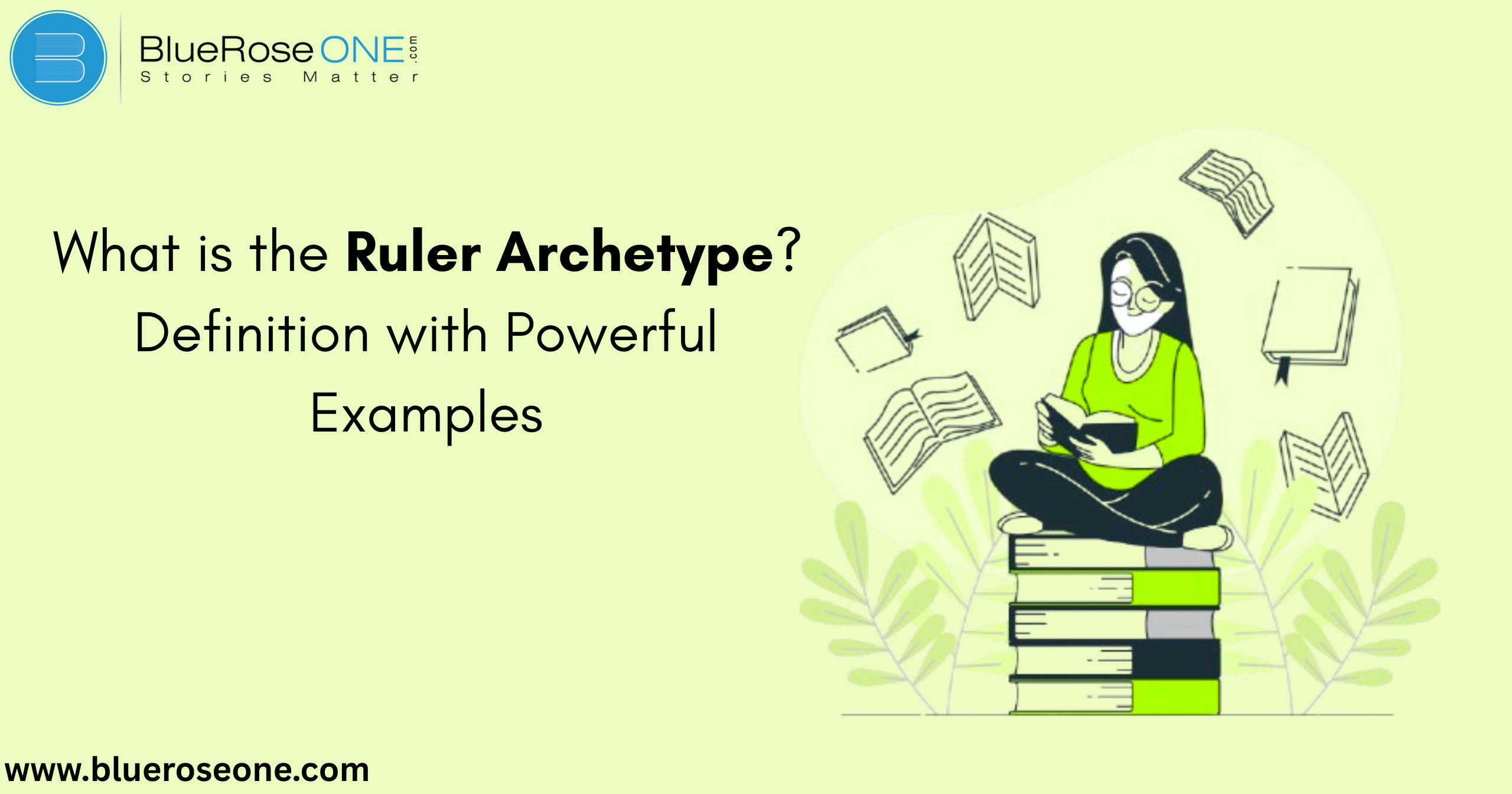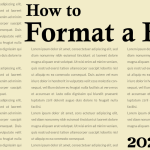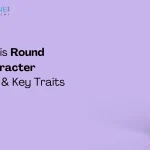What Are Archetypes in Storytelling?
Ever wondered why some characters feel so similar, even across nations and genres? That is the power of archetypes, which are universal symbols or behavioral patterns found in myths, stories, and the human psyche. Think of them as blueprints for creating characters that resonate deeply.
The 12 Jungian Archetypes Explained
Swiss psychologist Carl Jung identified 12 major archetypes, including the Hero, the Caregiver, the Outlaw and of course, the Ruler. Each archetype has its own set of values, fears, motivations, and goals.
Defining the Ruler Archetype
Core Characteristics of the Ruler
The core characteristics of the Ruler archetype center around leadership, control, responsibility, and structure. Rulers value order and stability, often seeking to create or maintain systems that ensure long-term success. They are confident, authoritative, and goal-oriented, driven by a strong desire to lead and protect their domain.
With a natural inclination toward governance, Rulers often inspire loyalty while maintaining high standards, believing that power must be used wisely to benefit others.
Common traits include:
- Confidence
- Authority
- Vision
- Responsibility
- Strategic thinking
The Motivation Behind the Ruler’s Actions
The Ruler’s activities are often motivated by a strong desire for control, stability, and legacy. Rulers strive to bring order out of chaos, motivated by the notion that their leadership is necessary for the greater good.
Whether motivated by good intentions or selfish ambition, they attempt to retain control and structure. This archetype frequently wants to safeguard their territory and guarantee that their vision for society survives after their reign.
You may also like: 10 Best Books on Writing Every Aspiring Author Should Read
Positive Traits of the Ruler Archetype
- Leadership and Authority –Leadership and authority are essential characteristics of the Ruler archetype, demonstrating a natural capacity to inspire trust and keep order. Effective leaders lead with vision, decisiveness, and a strong sense of duty, frequently assuming command in difficult situations. Their power is more than just control; it is about guiding others toward stability and progress. This favorable effect develops loyalty and solidarity, positioning the Ruler as a key role in accomplishing long-term objectives and societal peace.
- Responsibility and Order – The Ruler archetype emphasizes responsibility and order, indicating a strong dedication to stability, organization, and leadership. Rulers place a high importance on accountability, not only for themselves but also for those they manage. They believe in developing systems that promote both peace and production. Ruler archetypes guarantee the proper operation of their kingdoms by respecting rules, providing clear expectations, and making wise judgments, which fosters trust and respect among followers. Their strength rests in transforming visions into organized, long-lasting structures.
You may also like: Best Software for Typesetting Books and Magazines in 2025
Shadow Side of the Ruler Archetype
- Control and Tyranny – When the Ruler archetype is distorted, it often manifests as control and tyranny. Instead of guiding with wisdom and fairness, the ruler becomes obsessed with power, imposing strict rules and suppressing dissent. This shadow side emerges from fear of losing authority, leading to manipulation, dominance, and authoritarian rule. Rather than empowering others, the tyrannical ruler centralizes control, creating environments of fear, dependency, and stagnation, ultimately undermining the very order they seek to preserve.
- Fear of Chaos -The fear of disorder distinguishes the dark side of the Ruler character. Rulers want order, structure, and control, believing that without their leadership, society will devolve into chaos. This anxiety can push them to become dictatorial or manipulative, valuing security over liberty. When left uncontrolled, their desire to hide uncertainty can hinder innovation, limit autonomy, and result in rigid systems resistant to change or criticism.
You may also like: 10 Tips on How to Build a Fanbase of Readers
Ruler Archetype in Literature
- King Arthur (Arthurian Legends) –
One of the most famous examples of the Ruler archetype in literature is King Arthur from the Arthurian Legends. As the noble king of Camelot, Arthur exemplifies leadership, fairness, and a strong sense of responsibility to his people. His mythical leadership, governed by the Round Table values and the hunt for the Holy Grail, exemplifies the Ruler’s dedication to order, unity, and moral governance—all of which are hallmarks of this timeless archetype.
- Tywin Lannister (Game of Thrones) –
Tywin Lannister from Game of Thrones personifies the Ruler archetype with his relentless quest of power and control. Tywin is the head of House Lannister, and his strategic thinking, authoritative personality, and merciless methods distinguish him as a leader who will go to any length to ensure his family’s dominion. His icy pragmatism and mastery of manipulation highlight the darker qualities of the Ruler archetype, in which leadership is fueled by ambition and a desire for legacy.
You may also like: How to Publish My Book | Self Publish Your Book | BlueRoseOne
The Ruler in Branding and Marketing
Brands That Embody the Ruler –
Ruler brands position themselves as authoritative and trustworthy. Think:
- Rolex (luxury and control)
- Mercedes-Benz (excellence and leadership)
- Microsoft (structure and stability)
How Ruler Brands Attract Loyalty
These brands offer reliability, prestige, and legacy. Their customers often aspire to feel powerful, in control, and successful mirroring the Ruler’s core values.
Ruler vs Other Archetypes
Ruler vs Hero
The Ruler and Hero archetypes contrast in their approach to power and leadership. While the Hero strives to overcome difficulties and battle for the greater good, often at personal cost, the Ruler prioritizes control, order, and stability.
The Hero thrives on action, taking on issues head on, whereas the Ruler employs strategy and authority to maintain balance and influence. Their major objective is to secure and sustain their realm, not for personal glory.
Ruler vs Caregiver
The Ruler and Caregiver archetypes have distinct underlying motivations and acts. The Ruler craves control, stability, and authority, frequently attempting to keep order and lead with power.
In contrast, the Caregiver values nurturing, altruism, and compassion while focusing on the well-being of others. While the Ruler uses power to establish structure, the Caregiver employs empathy to provide support, making their approaches to leadership and influence fundamentally distinct but complementary in many cases.
You may also read: What is New Adult Fiction? Everything You Need to Know
You may also like: Where the Red Fern Grows Book Summary & Themes
How to Write a Ruler Archetype in Fiction
Tips for Creating a Believable Ruler Character
- Give them a strong motivation to lead
- Add flaws like pride or fear of losing control
- Show how they interact with followers and rivals
- Balance their strategic side with personal struggles
Common Plotlines Involving Ruler Archetypes
- A rightful ruler fights to reclaim the throne
- A beloved leader risks becoming a tyrant
- A young character reluctantly grows into a leadership role
When the Ruler Becomes the Villain
From Noble Leader to Despot
The development of a noble leader into a dictatorial tyrant is a key narrative arc in stories about the tyrant archetype. Initially motivated by a feeling of justice and a desire to protect their people, the ruler’s decline into tyranny is frequently caused by a desire for power, control, or a fear of losing authority.
This shift demonstrates how the Ruler’s innate weaknesses, such as pride or insecurity, can corrupt their pure intentions and transform them into a villain.
Redemption Arcs for Ruler Characters
In redemption arcs for ruler characters, the transition from villain to hero is often driven by deep internal conflict. These characters typically start as tyrants or oppressive leaders but gradually evolve by recognizing their past mistakes.
A pivotal moment, often involving a loss or betrayal, triggers self-reflection and a desire to change. Through sacrifices or acts of bravery, they regain their honor and moral compass, ultimately redeeming themselves in the eyes of those they once wronged.
You may also like: Intezaar-e-yaar a Book By Sheikh Shaista: Book Review
Personal Growth with the Ruler Archetype
Using the Ruler Archetype for Self-Development
The Ruler archetype can greatly improve personal development by assisting individuals in embracing leadership skills, authority, and responsibility. One can confidently manage problems by exhibiting characteristics such as decisiveness, organization, and a strong sense of purpose.
Developing the Ruler’s capacity to create specific goals, manage resources effectively, and maintain discipline promotes a sense of control over one’s life. This approach fosters self-mastery and empowers people to lead with integrity and vision, supporting long-term success.
Leadership Lessons from Ruler Figures
Leadership lessons from rulers highlight the value of vision, decisiveness, and accountability. Ruler archetypes thrive in leading others in a clear direction, using authority to build order and stability. Their leadership supports growth by making strategic decisions and maintaining unflinching confidence, creating loyalty and respect.
However, they must strike a balance between control and empathy, ensuring that their authority benefits the well-being of those they lead, creating long-term success and resilience.
You may also like: How to Write a Short Fiction
Conclusion
The Ruler Archetype is a fascinating blend of strength, control, vision, and vulnerability. Whether portrayed as noble kings, cunning CEOs, or flawed tyrants, Rulers shape the worlds they inhabit both fictional and real. By understanding this archetype, writers can craft compelling characters, and readers can gain insight into the psychology of leadership and power.
















